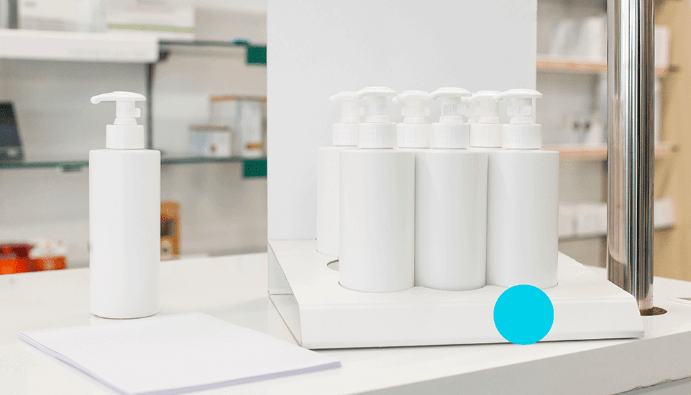
BLOG
KATEGORİDEKİ DİĞER YAZILAR

1,4-Dioxane is an organic compound and is often classified as a "carcinogen ” due to its chemical structure. Dioxane can be formed as a by-product during the production of some surfactants, particularly sodium laurylsulfate (SLS) and sodium laureth sulfate (SLES). Dioxane is a water-soluble and volatile compound, so it is often found in trace amounts in cosmetics. In high concentrations, dioxane can cause skin irritation and can lead to serious health problems such as cancer.
In some cosmetic products, the compound 1,4-dioxane is a trace contaminant. It is not used as an ingredient in cosmetics, but can be found in very small amounts in some cosmetics. 1,4-dioxane is formed as a by-product in the manufacturing process of some cosmetic ingredients.
These ingredients include “PEG”, “Polyethylene”, “Polyethylene glycol”, “Polyoxyethylene”, certain detergents, foaming agents, emulsifiers and solvents that can be identified by the prefix “-eth-” or “-oxynol-”, words or syllables.
1,4-dioxane is commonly found in cosmetics in the following ways:
1,4-Dioxane is a compound with potential health risks. Long-term exposure, especially increased amounts of dioxane absorbed into the skin and body from cosmetic products, is thought to lead to the following health problems
During the production of cosmetic products, 1,4-dioxane compound is produced due to the ethoxylation process. Different methods can be used to prevent the formation of 1,4-dioxane compounds. The formation of 1,4-dioxane can be prevented by vacuum stripping or by skipping the ethoxylation process altogether.
Nanolab Laboratories Group continues to provide services within the scope of 1,4-Dioxane Analysis in Cosmetics. We also provide services on Phthalate Determination in Cosmetic Products.
Contact us for more information.
You can follow us on LinkedIn for up-to-date news and posts about our services.
Follow our Instagram account to be informed about our latest blog posts.